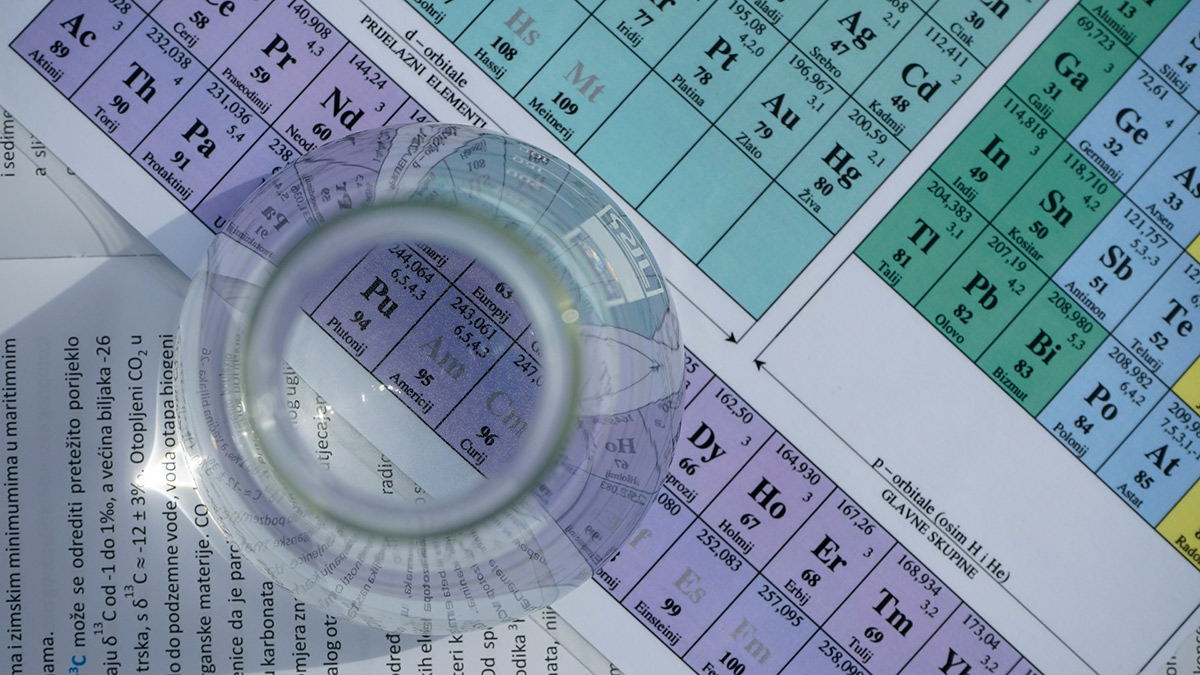Ammonia, crucial for fertilizers and potentially marine fuel, represents a significant part of global chemical production, with its manufacturing process contributing notably to carbon emissions. In 2022, the industry emitted around 1.3 Gt CO2, accounting for approximately 4% of worldwide emissions. The conventional production method, the Haber-Bosch process, primarily uses methane-derived hydrogen, resulting in substantial CO2 by-products.
Addressing this environmental impact, the industry is exploring sustainable alternatives, including the use of Biomethane, Carbon Capture and Storage (CCS) technologies for blue hydrogen production, and green hydrogen production through water electrolysis. These efforts are supported by policy measures like the United States Inflation Reduction Act and the European Union’s Emissions Trading System (ETS) and Carbon Border Adjustment Mechanism (CBAM), driving the shift towards greener ammonia production.
Moreover, the industry’s move towards sustainability is evidenced by the increasing number of chemical companies committing to emission reduction targets, highlighting a collective push for decarbonization. Utilizing Biomethane, a carbon-neutral alternative to natural gas, and integrating CCS technologies can significantly reduce the carbon footprint of ammonia production. These methods, alongside investments in green hydrogen, offer viable routes for the industry to minimize its environmental impact.
A case study of SKW Piesteritz, Germany’s largest ammonia and urea producer, exemplifies this shift. The company’s collaboration with STRIVE by STX to transition towards green ammonia production underlines both environmental commitment and strategic adaptation to regulatory and market demands, showcasing a proactive approach to sustainable chemical manufacturing.
